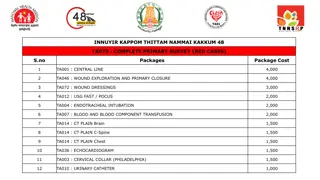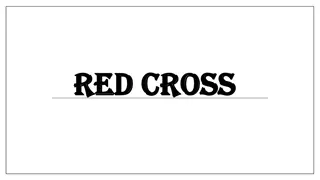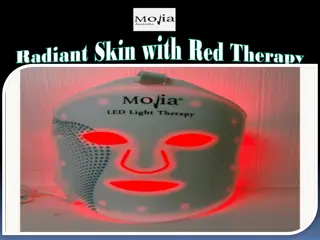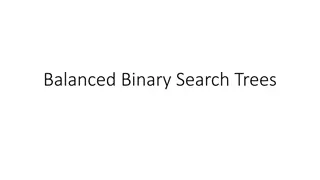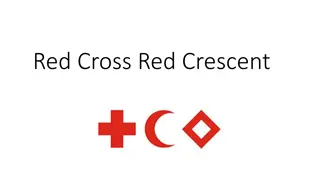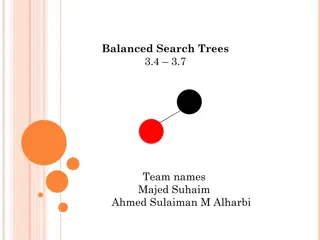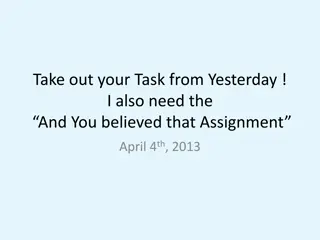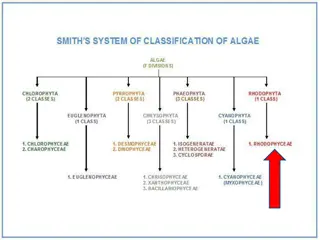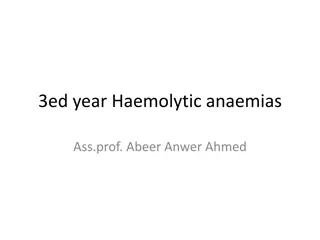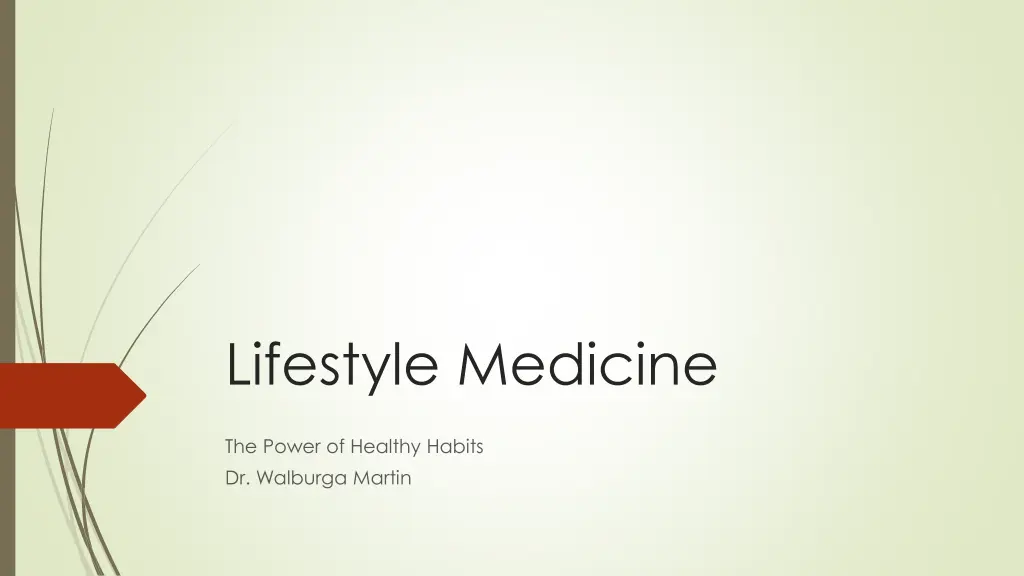
Healthy Habits and Heart Health Insights
Discover the power of healthy habits and fascinating facts about the heart, including differences in heart attack symptoms between men and women. Learn about lifestyle medicine approaches, improving healthspan, and focusing on key areas for better health. Explore coaching for behavior change and strategies for enhancing lifestyle.
Download Presentation

Please find below an Image/Link to download the presentation.
The content on the website is provided AS IS for your information and personal use only. It may not be sold, licensed, or shared on other websites without obtaining consent from the author. If you encounter any issues during the download, it is possible that the publisher has removed the file from their server.
You are allowed to download the files provided on this website for personal or commercial use, subject to the condition that they are used lawfully. All files are the property of their respective owners.
The content on the website is provided AS IS for your information and personal use only. It may not be sold, licensed, or shared on other websites without obtaining consent from the author.
E N D
Presentation Transcript
Lifestyle Medicine The Power of Healthy Habits Dr. Walburga Martin
THE HEART Fun Facts Your heart beats 100,000 times per day Your heart pumps 2,000 gallons per day The earliest known case of heart disease was in the remains of a 3500 yo Egyptian Mummy Most heart attacks happen on a Monday Most common day of the year for heart attacks is on Christmas day
Men are more likely to feel pain in the middle or left chest while women are more likely to feel pain that radiates to neck and chin. Women are more likely to feel nausea, indigestion, fatigue, and dizziness. Women vs. Men Women have a higher pain threshold than men which makes it harder to recognize signs of heart attack. Women are more likely to die from a heart attack within a few weeks than men.
The part can never be well unless the whole is well -Plato The use of evidence-based lifestyle therapeutic approaches: 1. Eat predominantly whole unprocessed food. Lifestyle Medicine- What is it? 2. Regular physical activity. 3. Adequate good quality sleep. 4. Stress management. 5. Avoidance of risky substance use. 6. Reverse and prevent the lifestyle related chronic diseases.
Lifestyle Medicine Healthspan in the U.S. The part of a person s life during which they are generally in good health. Average life expectancy is 77.9 years of age Average Healthspan is 64.2 years of age That means there are 13.7 years of impaired, unhealthy years of life. Lifestyle medicine helps humans enjoy high quality of life up to the end of their life.
Lifestyle Medicine Focuses on 6 Areas to Improve Health HEALTHFUL EATING PHYSICAL ACTIVITY MANAGE STRESS FORM AND MAINTAIN RELATIONSHIPS IMPROVE YOUR SLEEP AVOID RISKY SUBSTANCES
Coaching for Behavior Change Assess Advise Agree Assist Arrange Labs Readiness to change Discuss with patient order of importance for management. Patient must have buy-in. SMART goal (specific, measurable, action oriented, realistic, time sensitive) Follow-up
FOOD Create digital food journal Wearable devices that track Activity Heart rate and heart rate variability Sleep Glucose Foods to eliminate Anything refined Industrial Seed oils (soybean, corn, cottonseed, safflower, grapeseed) Foods to focus on Fiber, fiber, fiber Probiotics Omega-3 foods 30 different plant foods/week 30 grams of protein per meal.
SLEEP Track your sleep patterns Need 7-8 hours uninterrupted Sleep Hygiene Power down Warm bath Thermostat 60-67 Do not eat in the 3 hours before bed No pets in bedroom No screens in bedroom Bedroom is for sleep and sex only
Sunlight Wear blue light blocking glasses after sun goes down Daily exposure to sunlight Watch sunrise or sunset Vacation regularly Light therapy lamps
Movement Strength Flexibility Cardio Yoga Pilates Heavy weights for women 3x week 150 minutes weekly 10,000 steps daily
Mind-Body Meditation (apps) Mental health counseling (coping mechanisms) Nature exposure 4 hours per week Gratitude journal Massage therapy Health retreats focusing on your interests One hour of heat therapy per week 12 minutes of cold therapy per week
Toxins Personal care products EWG website score of 1 or 2 is good. Apps such as On skin For lotion, can use organic jojoba oil or coconut oil Home care products Water filter on house and drinking water Plastic exposure-use only glass jars, containers. Processed foods
FITT Prescription (example for connection) F-Frequency: daily, weekly, monthly I-Intensity: quality of interactions (deep or superficial connections, close ties, new connections etc.) T-Time: duration of each interaction. T-Type: Experience/activity (family gathering, volunteer work, meetings, religious services, etc.)
Application Goal The good physician treats the disease; the great physician treats the patient who has the disease - William Osler, MD Coach-like approach to Lifestyle Medicine Collaborating, Motivating, Goal-setting, and Tracking.
Maintenance Continued scoring and discussions until goals have been met for patients. Questions?







